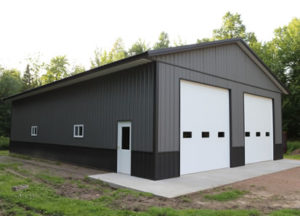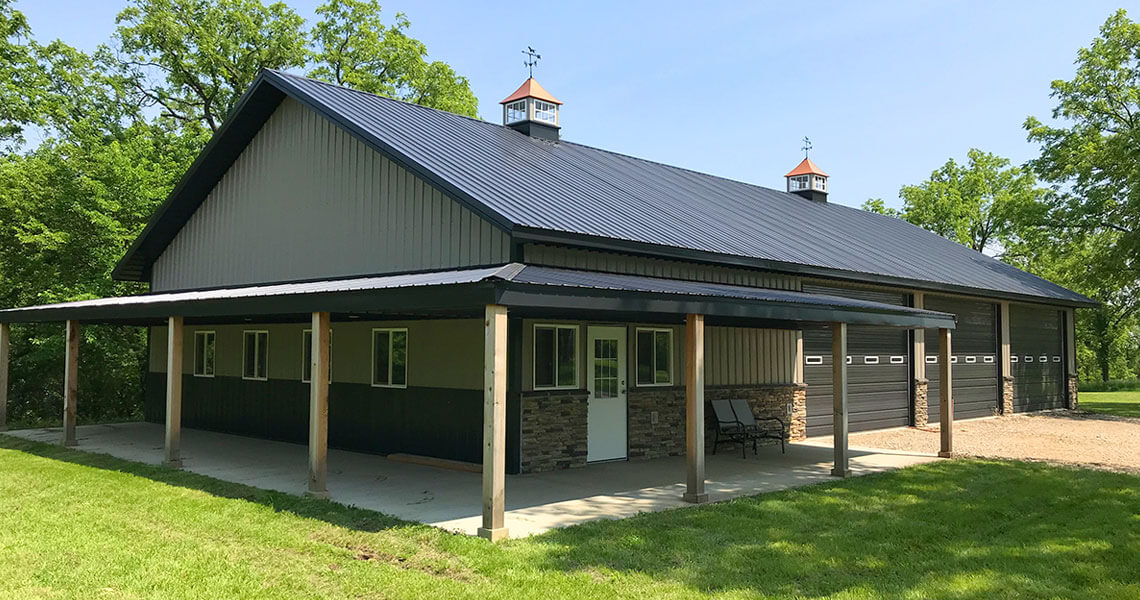Professional Guide to Steel Building Design: Maximizing Efficiency and Longevity
Steel, with its phenomenal strength, durability, and flexibility, has emerged as a popular alternative for modern-day structure layout. From optimizing style considerations to carrying out affordable construction techniques, the trip in the direction of making the most of efficiency and longevity in steel building style is a multifaceted one, offering a blend of sensible challenges and imaginative remedies that drive the sector ahead. steel buildings.
Benefits of Steel Structures
Steel buildings offer unrivaled toughness and cost-effectiveness compared to conventional building and construction materials. The toughness of steel offers excellent architectural integrity, making it a favored choice for structures that require to withstand severe weather or hefty tons. Steel is very resistant to parasites, mold, and fire, ensuring a longer life-span with minimal upkeep requirements. Furthermore, steel is a sustainable material, as it is totally recyclable and can be repurposed at the end of its beneficial life.
In regards to cost-effectiveness, steel buildings are often extra cost effective than frameworks made from other materials. The efficient building and construction process of steel structures can result in lowered labor costs and shorter project timelines. Steel's longevity also translates to lower maintenance expenses over time, as there is less need for repair work or replacements compared to standard building materials.
Layout Factors To Consider for Efficiency
Provided the benefits of steel structures in regards to longevity and cost-effectiveness, it is vital to concentrate on layout considerations that make the most of efficiency and durability. When developing a steel structure for optimum efficiency, variables such as the design, alignment, and insulation have to be carefully taken into consideration. Effective layouts can minimize product waste during building and enhance the performance of the structure. In addition, selecting the right alignment can assist make best use of all-natural light exposure, minimizing the need for fabricated illumination and lowering energy prices.

Furthermore, incorporating energy-efficient systems, such as HVAC, lights, and eco-friendly energy sources, can better improve the efficiency of steel structures. By integrating these layout factors to consider, steel structures can attain ideal efficiency and long life, offering lasting and economical solutions for numerous building projects.
Architectural Stability and Durability

Routine upkeep, consisting of inspections for indicators of wear or damage, is additionally essential for recognizing and addressing problems prior to they compromise the building's honesty. By focusing on architectural stability in the layout stage and throughout the structure's life expectancy, owners can ensure their steel structures stay secure, efficient, and long lasting for years to come.
Affordable Construction Methods
Reliable building and construction methods play an essential function in managing costs without jeopardizing the high quality and integrity of steel building jobs. One cost-efficient approach is using pre-engineered steel structure systems. These systems are developed off-site and after that constructed on-site, why not try these out lowering building and construction time and labor costs. In addition, pre-engineered steel structures are recognized for their toughness and call for minimal upkeep, leading to long-lasting cost savings.
An additional economical method is the design-build method, where the layout and building phases are incorporated. This technique promotes collaboration in between the design and building and construction groups, enhancing the procedure and minimizing hold-ups and cost overruns (steel buildings). By entailing all stakeholders from the start, prospective issues can be identified and solved early, saving both money and time
Moreover, adopting lasting construction methods, such as using recycled steel and including energy-efficient functions, can lead to considerable cost savings over time. These practices not just lower building waste yet also lower functional costs with boosted power efficiency. Finally, implementing economical construction techniques is crucial for optimizing efficiency and making sure the long life of steel structure projects.
Maintenance Tips for Durability
Correct maintenance techniques are crucial for guaranteeing the durability link and architectural honesty of steel structures. Regular assessments are important to determine any indications of deterioration, damages, or wear that can endanger the structure's toughness. As component of a comprehensive maintenance strategy, it is crucial to promptly deal with any type of problems that develop to avoid them from rising and creating much more comprehensive damage.

Another crucial upkeep suggestion is to evaluate the building's bolts, welds, and links to guarantee they are safe and in good problem. Any type of broken or loosened components should be fixed or changed quickly to maintain the architectural stability of the building. By implementing a proactive upkeep regimen, steel building owners can make best use of the longevity and performance of their frameworks.
Final Thought
In final thought, steel structures use numerous benefits such as efficiency, durability, and cost-effectiveness. By carefully taking into consideration style facets, making sure architectural integrity, and utilizing cost-effective building methods, steel buildings can be optimized for maximum efficiency and longevity.
From optimizing design factors to consider to applying economical construction techniques, the journey towards making best use of effectiveness and durability in steel structure layout is a complex pop over to this web-site one, supplying a blend of useful difficulties and creative options that push the sector forward.
Provided the benefits of steel structures in terms of resilience and cost-effectiveness, it is vital to focus on design considerations that take full advantage of efficiency and durability. When making a steel structure for optimum efficiency, factors such as the insulation, design, and orientation need to be meticulously considered. In final thought, applying cost-effective building techniques is necessary for making best use of efficiency and guaranteeing the long life of steel structure jobs.
By very carefully taking into consideration style facets, guaranteeing architectural integrity, and making use of affordable construction methods, steel buildings can be optimized for optimal effectiveness and durability.